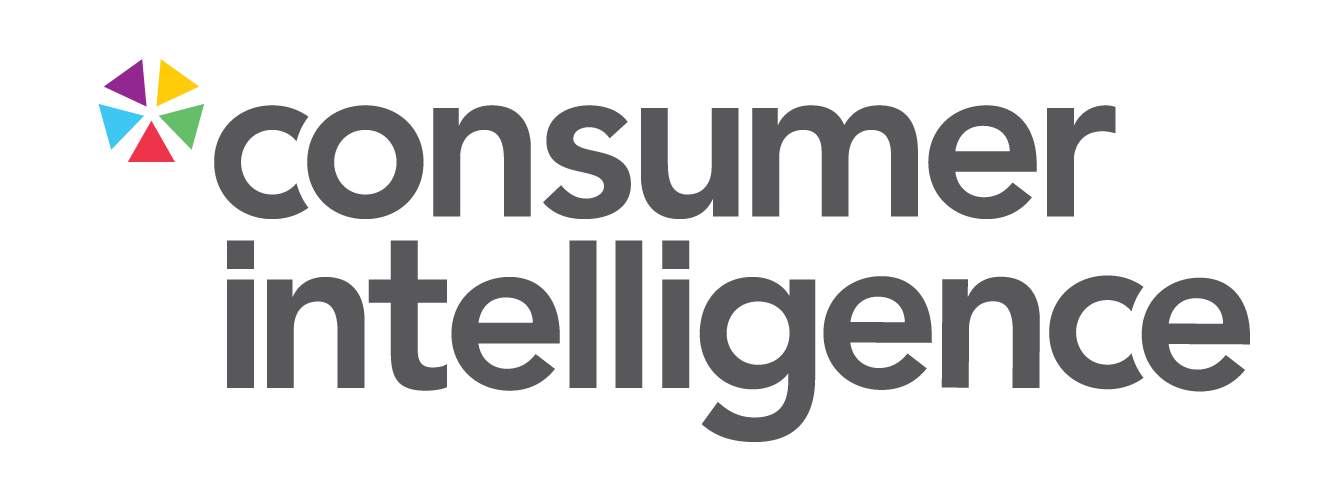The UK general insurance market stands at a crossroads as it enters 2025. Consumer Intelligence’s recent webinar brought together industry leaders to discuss the trends and challenges shaping the sector. The panel featured:
- Guest panellist, Jeremy Keating, pricing expert and author of Price Writer, offering a sharp perspective on pricing innovation.
- Ian Hughes, CEO of Consumer Intelligence, bringing over 20 years of expertise in market analysis and consumer behaviour.
- Ann Constantine, COO of Consumer Intelligence and former Head of Market Insight at Direct Line Group, with deep experience in market dynamics and strategy.
Together, they explored the trends, challenges, and opportunities shaping the industry’s future.
Reflecting on 2024
Inflationary pressures
“2024 was a year of challenges,” observed Ian. “We entered with massive inflation impacting motor, and home followed suit. Supply chain disruptions and elevated claims costs drove premiums higher. Consumers were left asking, ‘What on earth has happened?’”
Consumer sentiment
Ian noted, “By the end of the year, we saw price stability emerge, but the damage was done. Shopping persisted, but switching declined significantly, driven by a lack of attractive alternatives. Many consumers stayed simply because they couldn’t find a cheaper option.”
The rise of the "vanillaverse"
Ian Hughes introduced the concept of the “vanillaverse,” a segment of the market dominated by low-risk policies that insurers eagerly pursue. “The risks everyone wants are the vanilla ones—safe, predictable, and unlikely to result in claims,” Ian explained. “Conversely, higher-risk customers, like younger drivers in rural areas, faced rising premiums and limited options. This has intensified throughout the year, creating a stark division in the market.”
2025 pricing predictions
Premium trends
Ian Hughes shared that Consumer Intelligence used ChatGPT earlier this year to predict 2025 premium trends. “We trained the model on market data and forecasts up to September 2024, incorporating factors like regulatory changes, economic pressures, and historical pricing,” Ian explained.
The AI projected the following trends:
- Motor insurance: Anticipated to rise by up to 6%, driven by claims inflation, macroeconomic pressures, and adjustments following the Ogden rate increase. “The model’s confidence interval was 3-9%, but 6% emerged as the most likely scenario,” Ian noted.
- Home insurance: Predicted to climb by 8%, influenced by rising reinsurance costs, potential weather impacts, and advances in smart home technologies. Seasonal storm activity was flagged as a potential disruptor.
“These predictions underscore the need for insurers to stay agile, as AI not only highlighted outcomes but also the key factors driving them,” Ian concluded.
A contrasting perspective
Jeremy Keating offered a different view, suggesting a steadier outlook for 2025 premiums. “While we saw significant increases earlier this year, prices have begun to stabilise, and I expect them to remain broadly flat in 2025,” Jeremy argued. He attributed this to the market’s current competitive environment, where insurers are focusing on volume rather than further price hikes. “The Ogden adjustment to 0.5% may lead to some minor decreases, but these have largely been anticipated and priced in.”
Jeremy’s perspective emphasised the potential for a calmer market, though he acknowledged the ever-present possibility of unexpected events disrupting stability. “There’s always the chance of a wild card that shifts premiums in one direction or the other, but for now, the outlook is relatively stable,” he concluded.
Regulatory influence
The regulatory landscape in 2025 is poised for potential disruption, with three major developments to watch:
- Supreme Court ruling on commissions: A Court of Appeal decision on discretionary commissions in car loans could extend to insurance, requiring mandatory disclosure of commission structures. If upheld by the Supreme Court, this would force insurers and brokers to reassess pricing and transparency.
- FCA focus on premium finance: The FCA is likely to tighten rules on premium finance, a key revenue stream for many brokers. Stricter regulations could reshape how insurers balance fair value with profitability, particularly for low-margin products.
- Political intervention in motor insurance costs: The new government’s pledge to lower car insurance premiums could introduce unexpected measures, adding pressure on insurers to rethink pricing strategies.
Together, these developments, underpinned by the FCA’s Consumer Duty, signal a year of heightened compliance demands. Ian Hughes cautioned, “2025 may seem calm, but these issues have the potential to disrupt the market significantly.”
Key industry dynamics
The competitive landscape
Tiered products are reshaping the market. “Consumers now see multiple tiers from one brand on PCWs rather than diverse options,” Ann pointed out. “This might limit perceived choice and reduce competition, particularly for smaller brands.”
Direct Line’s anticipated PCW entry could disrupt the motor market. “If they pair competitive pricing with strong branding, they’ll likely gain traction, impacting other PCWs and brands,” added Ann.
Consolidation and cross-selling
The proposed Aviva-DLG merger looms large. Ian noted, “If it proceeds, this entity could hold nearly a quarter of the motor market, not accounting for potential gains from PCW participation.”
Cross-selling remains a growth strategy. “Admiral’s acquisition of RSA’s pet book underscores this trend,” said Ian. “Growth won’t come from price increases but from leveraging existing customers across products.”
Technology’s role in transformation
Dynamic pricing and digital transformation are essential for staying competitive, according to Jeremy Keating. “Legacy systems are holding back innovation,” Jeremy noted. “Insurers must adopt modern tools that enable better governance, agility, and rapid response to market changes. This includes upgrading pricing systems, claims systems, and admin systems to meet the demands of a modern, data-driven market.”
Jeremy also highlighted the critical need for robust data monitoring. “Understanding the market through constant monitoring is vital. We need to analyse not just our data but also the broader environment—our customers, the items we insure, and the external factors influencing the market. Insurers who fail to do this will struggle to stay relevant.”
While Jeremy focused on the immediate gains of dynamic pricing and better market intelligence, he acknowledged the limitations of "horizontal innovations"—incremental improvements that refine existing processes. “True progress requires vertical innovation, where we rethink and reshape how we operate, going beyond simply adding more data or improving existing systems,” Jeremy emphasised.
Consumer and compliance challenges
Trust and transparency
Ian emphasised, “Insurance is a contract of trust. Yet, plummeting claims satisfaction and opaque pricing have eroded this trust. If transparency isn’t addressed, complaints and regulatory scrutiny will rise.”
Jeremy added, “Sophisticated pricing must be accompanied by clear communication. Without it, consumer confidence will continue to decline.”
Vulnerable customers
The panel identified a growing need to address vulnerable consumers. Ian argued, “Insurers must go beyond the "vanillaverse"—those risk-free policies everyone wants—and focus on providing fair, tailored solutions for diverse needs.”
Jeremy Keating expanded on this, highlighting the limitations of insurance as a tool for addressing high-risk customers. “Insurance works well when we pool everyone together and outcomes are uncertain. But when models identify individuals with very high likelihoods of claims, insurance isn’t the best solution,” he explained.
Jeremy underscored the need for alternative approaches, stating, “We must focus on preventing risks rather than just compensating for them. This includes education and proactive measures to reduce the likelihood of incidents. It’s not just about premiums; it’s about avoiding the human cost—injuries, accidents, and losses that disrupt lives.”
Key takeaways
- Jeremy Keating: “We need claims reform and a focus on prevention to reduce costs for everyone.”
- Ian Hughes: “While 2025 promises calm in premiums, regulatory and political interventions may create waves.”
- Ann Constantine: “Reduced competition from tiered products raises questions about consumer choice and market fairness.”
Conclusion
The insurance industry faces a pivotal year ahead, balancing stability with the demands of transparency, innovation, and competition. As Jeremy Keating aptly summarised, “The future isn’t just about refining what we know—it’s about daring to do things differently.”
Want to take a peek into 2025?
Don’t head into 2025 unprepared. Watch the full webinar to ensure you catch all the vital details of what we predict for the year ahead.
Comment . . .



Submit a comment